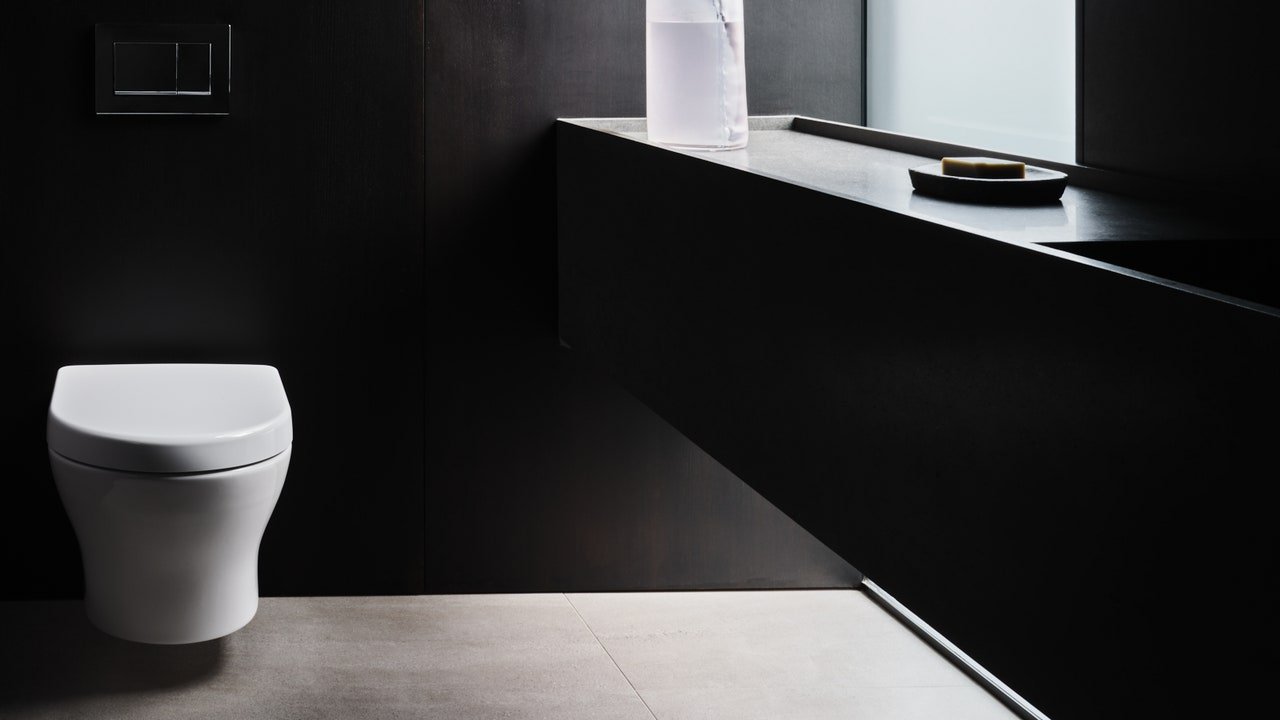The Case for the Water Closet
As the bidet attachment maintains its grip on households across the US, bathrooms have become flush with another new trend: the water closet. Call it an enclosed toilet, a commode cave, or a private lav—this purpose-built space is a separated room within the bathroom itself devoted solely to one’s time spent on the porcelain throne.
Though a powder room is well and good, designers say that an increasing number of clients in the US are now requesting isolated toilet rooms within their primary and, sometimes, secondary bathrooms. Celebrities like David Harbour and Lily Allen, whose Brooklyn townhouse features such separated rooms for plumbing fixtures, seem to concur. As do luxury developers and their architects: Toilet rooms are standard in the apartment interiors of new residential buildings like 111 West 57th Street by SHoP Architects and Studio Sofield, and Central Park Tower by Adrian Smith + Gordon Gill Architecture, both in New York. “At present, we don’t have a single residential project in development that does not have a water closet in, at least, the primary bathroom,” says designer Rafael Kalichstein of Los Angeles–based studio Citizen Artist, who adds that some couples prefer to each have their own enclosed commode. “We are programming separate toilet rooms for some guest suites too,” Citizen Artist cofounder Joshua Rose says.
The reasons are inherently personal—and the purpose is to keep it that way. To state the obvious, a water closet contains the sights, sounds, and smells of toilet-related activities to a specified room, helping maintain a spa-like feel elsewhere. For those not keen to even see the utilitarian toilet, a walled-off room allows a door to be literally closed in its face. “Toilet design has not changed much in nearly 250 years, so we are not so impressed by the innovation,” Rose says. “It’s ‘just’ a toilet to most of our eyes.”
However, when it’s not, it’s actually an important part of the overall bathroom design. At KBIS this year, Kohler reintroduced two heritage colors, Spring Green (1927) and Peachblow (1934), from its archives, which will be available for several toilet, bath, and sink models come summer. Recently completed private homes by AD100 designers like Billy Cotton, Oliver M. Furth, and Virginia Tupker have all featured boldly hued plumbing fixtures, which made a splash in the bathroom—separated or not. San Francisco–based designer Jessica Jubelirer says that client requests for old-school stylings in washrooms are also on the rise.
“Bold vintage fixtures are certainly having a moment when paired with high impact color and pattern,” Jubelirer explains. “Tailored and understated designs are always a classic go-to.” Kalichstein and Rose have also noticed a “shift away from the nondescript, contemporary shapes that have dominated the market for decades and toward either finely crafted contemporary plumbing coming out of Italy or Germany or more traditional fixtures that we historically see from England, France, or Belgium.” Built-in toilet seat bidets are still making their mark for their hygienic and eco-conscious effects, though color-matching is a bit further behind as most are offered only in standard white, off-white, and occasionally black tones. But for designers, this openness to interplay between old and new allows an even greater opportunity to create individualized spaces that focus on well-being—an increased priority in home design in the post-COVID era, overall. “Clients respond to a distinct point of view in their plumbing fixtures,” Kalichstein says.
In general, designing or renovating for a toilet room has its own technical complications. International building codes require a water closet to measure at least 30 by 60 inches, for instance; in a smaller apartment or house, it may not be possible to provide such floor area to a bathroom luxury. For many homeowners, though, it’s worth every square foot.
Since the pandemic began, “clients are seeking bathrooms that enhance their lives,” Jubelirer says. And when you’ve got to go, a little comfort goes a long way.


